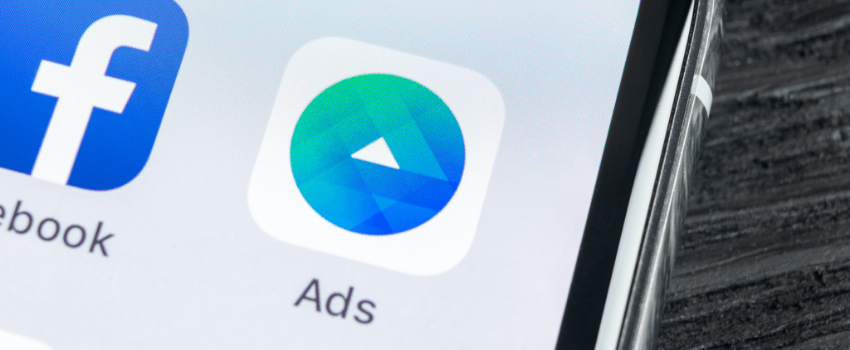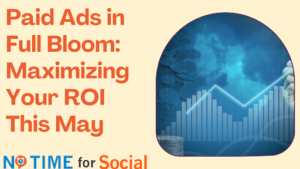Since our inception in 2014, we’ve worked with many small business owners through many fields and industries. By far, one of the most common misconceptions is that organic content and paid advertising are one and the same. So in this post, we’ll cover the differences between the two and why you should be using both to boost your online presence.
Organic Content
Organic content is anything you post on your page without any paid promotion behind it. You can post as many times as you want without using any ad spend. When you post to your page, only your page followers, or “fans,” will be able to see it. Because of the Facebook algorithm, that doesn’t mean all of your fans will see it; it simply means there’s a possibility they will.
Most social media agencies will include organic page content as part of their monthly services package. Why? Because in order to run an efficient, trustworthy page and have that page work in favor of your brand, there has to be relevant, updated content available. For example, an outdated page with three posts from over a year ago is a BAD signal to potential clients. It could mean that you are no longer operational, that you didn’t deem the platform (or the people on it) as important. Or that you’re not a legitimate business – ALL of which you want to avoid.
Besides avoiding the negative perception of an outdated page, organic content is a great way to…
- Keep your page active and high on both Facebook search and Google search
- Generate reviews and better your reputation
- Keep your current followers updated on new product launches, new services, deals, etc.
- Increase traffic to your website from people who have already expressed interest in you!
- Ask for suggestions, advice, recommendations, etc. which keeps your fans in the loop and lets them know you care!
- Great way for customer service to be more accessible

Paid Advertising
Paid advertising / “ads” are forms of content that have ad spend behind them.

This means it costs money for it to be seen by people on Facebook. For example, posts on your timeline marked as “sponsored” are ads. Interactions with ads are considered paid reactions. Some types of ads include boosted posts, traffic or landing page ads, lead form generation, video view optimization, and more.
Perhaps the most important part of paid advertising is the fact that YOU CHOOSE who sees the ad – to a certain extent. For example, you can define your audience geographically, by age, gender, language, job titles, interests, and more. Plus, you can even upload a current customer list and create a lookalike, allowing facebook to find similar people for you. This is the reason Facebook ads are so valuable.
Businesses can use paid advertising to…
- Attract people similar to their existing customers to their brand
- Raise awareness within a certain radius of their physical store
- Launch a new product to people who are likely to be interested
- Drive targeted traffic to blog posts
- Retarget people who have engaged with your brand and guide them towards conversion
- Set up ongoing funnels per product line to guide people from awareness to conversion
In summary, organic content is used to build trust and be present for your fans and potential customers. While paid advertising is used to reach new people / expand your audience and feed your sales funnels with potential clients that were not aware of your brand before. Maintaining a balance is key to your social media success.
Ready to take charge of your social media presence? We can help you craft a strategy that works for your business. Let’s turn your social media platforms into funnel feeding machines!







